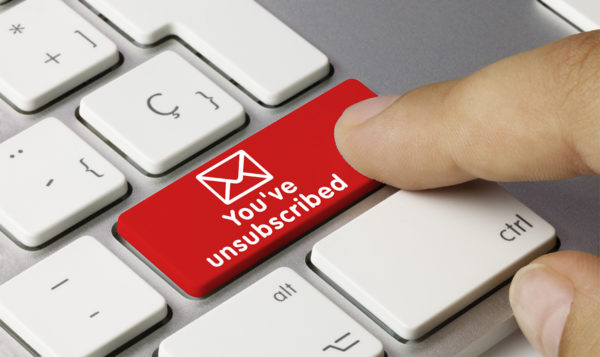Your donors. Mail your newsletter to your donors.
More specifically, here’s who to send your newsletter to:
- If you send three or fewer newsletters per year, send your newsletters to all donors who have given a gift in the last 24 months
- If you send 4 or more newsletters per year, send your newsletters to all donors who have given a gift in the last 18 months
Who Not to Mail Your Newsletter To
Here’s who not to send your newsletter to:
- Non-donors
- Volunteers
- Local organizations and businesses who are not donors
Why? Because every time we’ve analyzed the results of sending newsletters to that group we find the same thing: you lose money because it costs more to send the newsletter to that group than the revenue you’ll receive from mailing those groups.
Send Your Newsletter to Your Major Donors
Here’s a tactic we often use to increase the number of major donors who read (and donate to) your newsletter:
- Instead of sending them a folded newsletter in a #10 envelope, send the newsletter unfolded in a 9”x12” envelope
- Hand-write their address on the envelope
- Add a cover letter that thanks the donor for their donation, and tells them that they’ll see how their donation made a difference when they read the newsletter.
- Hand-sign the cover letter. You can even write a personal note on it if you’d like.
- Include a customized reply card and reply envelope
If you’d like to take this a step further, email the major donor on the day you send the newsletter to let them know to look for it. If that email is sent by your Executive Director, your ED will receive replies from some majors thanking her for letting them know! It’s a great opportunity to deepen the relationship with those donors.
What Postage to Use
For your Mass donors, send your newsletter using nonprofit postage.
The only regular exception to that rule is if there’s a deadline to respond to your newsletter and you’re sending it out later than you planned. For instance, say your newsletter has an offer (on the back page, of course) to write a note of encouragement to hospital patients who are stuck in the hospital for the holidays. But you’re mailing just 3 weeks before the holidays begin. Then, by all means, use first class postage.
For your Major donors, use first class postage. Use a live stamp if you can. And set the stamp at a slight angle so it’s obvious that a human put the stamp on the envelope, not a machine (thanks for that tip, John Lepp!)
This is a Great Beginning…
The recommendations above are a solid foundation for who to send your newsletter to, and how to send it out.
Over time, your system will get more complicated. You’ll discover things like, “it’s worth it for us to send our newsletter to donors who gave between 24 and 36 months ago, who have given $1,000 or more, because we reactivate enough lapsed major donors to make up for the expense.”
Or you’ll discover things like, “When we have a newsletter with Offer X, it’s worth it to mail all donors who have given to Offer X in the last 36 months.”
Great. Love it. And if you’re not there yet, start here!
This post was originally published on July 30, 2020. Get a free downloadable “e-book” of this whole series here.




